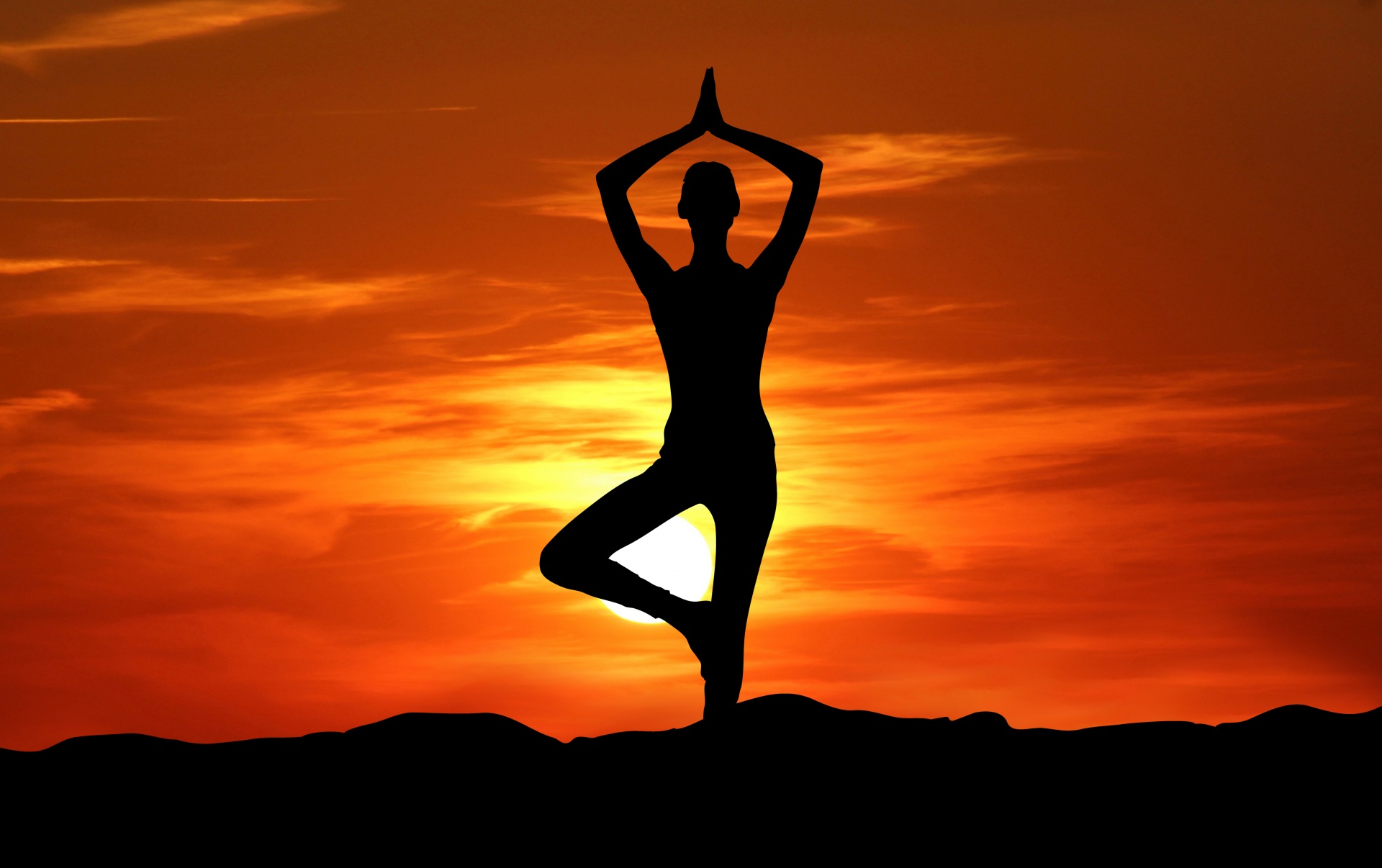
Depression is one of the mental health conditions where individuals experience extreme sadness, lose interest in things they used to enjoy, and may have trouble doing everyday activities. It’s not just feeling down for a little while; it can affect how someone sleeps, eats, and has overall energy.
Depression has many causes including genetics, chemical imbalances in the brain, and various environmental factors like substance abuse, past traumas, social isolation, and seasonal changes.
The treatment options for depression include medication, therapies, and lifestyle changes.
When its lifestyle changes, yoga has been recognised as a complementary approach to manage depression. In addition to yoga postures as exercise routines, yogic breathing exercises or pranayama offer a mind-body-centered practice to contribute to the overall well-being of a person.
According to the Penn Medicine News, yogic breathing helps in fighting major depression. As told in this News article, Sudarshan Kriya involves a specific pattern of breathing, including slow and calm breaths, followed by a faster and more intense phase, and concluding with a period of rhythmic breathing. This varied approach is thought to regulate the stress response by activating the parasympathetic nervous system, promoting relaxation, and reducing the impact of the “fight or flight” response associated with stress.
What is the Yogic Breathwork of Pranayama?
Pranayama originates from the Sanskrit words “prana,” signifying life force, and “ayama,” meaning control or expansion. It denotes the yogic practice of breath control, which is a fundamental element of yogic philosophy. Pranayama techniques involve intentional manipulation of the breath, such as forceful exhalations, deep inhalation and exhalation, and breath retention. These techniques are designed to produce distinct effects on both the body and mind. The underlying belief is that the practice of pranayama contributes to balancing the flow of prana or vital energy, within the body’s energy channels, fostering overall health and vitality.
Let’s understand how Yogic Breathwork can help alleviate the symptoms of Depression:
Diaphragmatic Breathing
The diaphragm is a dome-shaped muscle located beneath the lungs that separates the chest cavity (thoracic cavity) from the abdominal cavity. It plays an important role in the process of breathing. When you inhale, the diaphragm contracts and moves downward, creating more space in the chest cavity.
In Diaphragm Breathing, individuals allow their diaphragm to expand fully by inhaling and exhaling slowly, which helps in regulating the autonomic nervous system. Also, slow breathing reduces stress, promotes relaxation and also provides oxygenation to the body.
Ujjayi Breath or Oceanic Breath
Ujjayi breath is one of the yogic breathing techniques, which is characterized by slight constriction at the back of the throat. This constriction creates a soft sound that resembles the sound of the ocean waves. This breathwork activates the parasympathetic nervous system enabling the relaxation response in the mind and body. When Ujjayi breath is practiced, the individuals focus on the sound of the breath which enhances concentration and can divert attention away from negative thought patterns. This provides a mental break for individuals dealing with depression.
Kapalabhati or the Skull-Shining Breath
Kapalbhati is a dynamic yogic breathing technique that involves rapid and forceful exhalations followed by normal inhalations. While the primary purpose of Kapalabhati is to cleanse the respiratory system and energize the body, it can also offer potential benefits for managing depression. Because of the rapid exhalations, individuals feel a sense of increased energy and vitality. Engaging in this breathwork can help combat feelings of lethargy and low energy often associated with depression.
Also, Kapalbhati activates the solar plexus, the second chakra in our chakra system which also promotes regularization of mood.
Bhramari Pranayama or Humming Bee Breathwork
The Bhramari Pranayama involves producing a humming sound during exhalation, which creates a soothing effect on nerves, especially in the brain. This helps in relieving the individuals of depressive thoughts. Also, the act of producing a humming sound engages the vocal cords and facial muscles, promoting physical relaxation. This release of tension in the face, throat, and neck areas can contribute to an overall sense of bodily ease.
Nadi Shodhana or Alternate Nostril Breathing
In Yoga, Nadi Shodhana is believed to balance the Pingla ( heating energy) and Ida ( cooling energy) in the body. The right nostril is associated with the Pingla while the left is associated with the ida. When individuals slowly inhale and exhale alternating between these nostrils, they create an emotional balance. This can be particularly helpful for individuals experiencing mood swings or emotional fluctuations associated with depression.
Bhastrika Pranayam or Bellows Breath
Bhastrika Pranayam also known as the Bellows Breath is another dynamic yogic breathwork that involves rapid inhalations and exhalations. Because of the vigorous breathing pattern, this breathwork leads to increased oxygenation of the brain and body which impacts cognitive function positively. This also helps in reducing the feelings of fatigue and lethargy which are two of the common symptoms of depression.
It is also believed to balance the energies in the body, particularly the vital life force known as prana. This balance is thought to contribute to overall well-being and emotional stability.
Practicing pranayama effectively requires guidance and understanding of individual needs. With Breathwork Training, one can learn them effectively and integrate them into their personal and professional lives to gain maximum benefits from each breathwork.
Breathwork is not a one-size-fits-all solution, and its effectiveness is deeply personal. It is a complementary approach, emphasizing the importance of holistic well-being. Whether through the gentle humming of Bhramari Pranayama, the focused rhythm of Ujjayi, or the invigorating cycles of Kapalabhati, the breath becomes a trusted companion on the path to healing.
